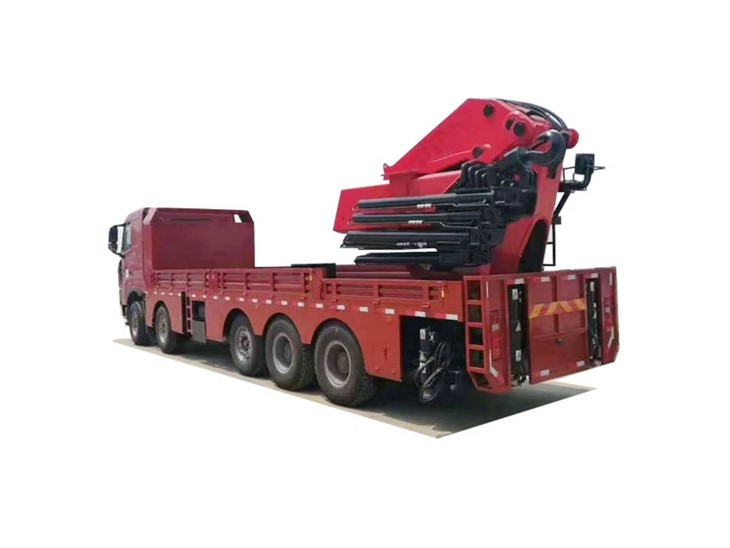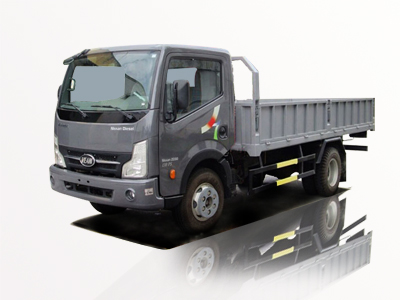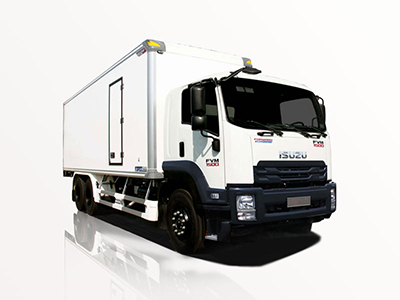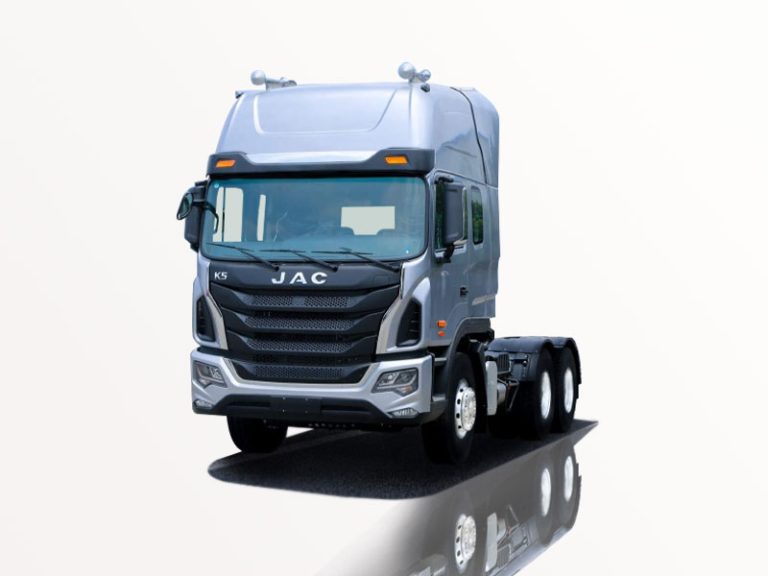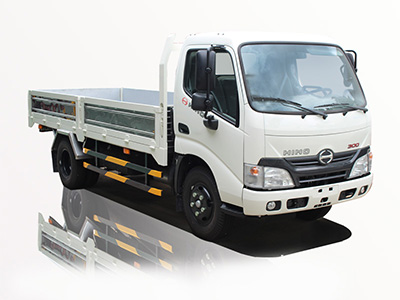The trend of converting fire trucks into recreational vehicles (RVs) has gained traction among camping enthusiasts and those seeking unique travel experiences. The robust construction and spacious interiors of retired fire trucks make them ideal candidates for RV conversion. In this article, we will explore the ins and outs of fire truck RV conversions, covering everything from the initial selection of a fire truck to the final touches on your custom build. Whether you’re considering a project for yourself or simply curious about the process, this comprehensive guide is here to help.
1. Why Choose a Fire Truck for RV Conversion?
Fire trucks are built to last. Designed for emergencies, they boast powerful engines, durable frames, and ample storage. Here are some reasons why fire trucks make great conversion candidates:
1.1 Durability
Fire trucks are made with high-quality materials and reinforced structures, allowing them to withstand difficult conditions. This durability means they’ll endure the rigors of travel and campsite life.
1.2 Space
The spacious interiors of fire trucks provide ample room for creative layouts. You can customize your RV with a kitchen, bathroom, living space, and sleeping quarters.
1.3 Unique Aesthetic
Sparking conversation and interest, fire trucks stand out with their distinctive colors and shapes. A converted fire truck can become a unique mobile home that showcases your personality.
2. Choosing the Right Fire Truck
Selecting the right fire truck is essential for a successful conversion. Here are some factors to consider:
2.1 Size and Weight
Ensure that the size and weight of the fire truck are manageable for your intended use. Smaller vehicles may be easier to drive and navigate, while larger ones offer more space.
2.2 Condition
Inspect the fire truck thoroughly. Look for signs of rust, engine issues, and the condition of the water tank and pump. A well-maintained vehicle will save you time and money in the long run.
2.3 Accessibility and Features
Consider what features you would like to keep in your RV. Many fire trucks come with built-in cabinets, workspaces, and storage compartments that could be incredibly useful in a converted RV.
3. Planning Your Fire Truck RV Conversion
Effective planning is key to a successful conversion. Here’s how to get started:
3.1 Layout Design
Sketch out your desired layout. Think about how you want to utilize the space, including the kitchen, living area, and sleeping quarters.
3.2 Budgeting
Set a realistic budget that includes purchase costs, materials, tools, and labor. Fire trucks can be purchased for a few thousand dollars, but conversion costs can vary widely depending on your design choices.
3.3 Permits and Regulations
Research any necessary permits or regulations regarding vehicle modifications in your area. Ensure that your converted fire truck will be road-compliant and fitting for camping in RV parks.
4. Essential Tools and Materials for Conversion
4.1 Tools
- Wrenches and Socket Set
- Drill and Drill Bits
- Saw (Circular and Jig)
- Measuring Tape
- Level
- Stud Finder
- Screwdriver Set
- Safety Gear
4.2 Materials
You’ll need a variety of materials, including:
- Plyboard or Plywood for walls and furniture
- Insulation Material
- Pipes for plumbing
- Electrical Wiring and Fixtures
- Paint and Finishing Products
5. Converting the Interior
5.1 Insulation and Ventilation
Proper insulation is essential for comfort during travels. Consider using spray foam insulation or fiberglass batts. Adequate ventilation is also crucial to prevent moisture buildup and ensure air circulation.
5.2 Designing the Kitchen
A well-equipped kitchen is a highlight of any RV. Use compact appliances to maximize space. Here’s a suggested layout:
| Appliance | Size/Type |
|---|---|
| Fridge | Compact fridge or 12V DC fridge |
| Stove | Two-burner propane or induction cooktop |
| Sink | Single or double basin sink |
5.3 Living Spaces
Design your living area for comfort. Consider foldable furniture to maximize flexibility. A Murphy bed or pull-out couch can help save space during the day.
5.4 Bathroom Facilities
Including a bathroom could vastly increase your comfort. A wet bath is a space-efficient option to consider, combining the shower and toilet into one small area. Remember to account for water supply and waste storage.
6. Electrical and Plumbing Considerations
6.1 Electrical Systems
Setting up the electrical system is crucial. Many RV converters choose to install a 12V system with solar panels. This can charge batteries, power lights, and run appliances.
6.2 Plumbing and Water Systems
Decide if you will have a fresh water tank, grey water tank, and whether to install a hot water heater. Plan the piping carefully to ensure proper drainage and access.
7. Exterior Modifications and Finishing Touches
7.1 Painting and Customization
Give your fire truck a fresh coat of paint to suit your style. Custom graphics, decals, or even a wrap can make your RV stand out.
7.2 Storage Solutions
The compartments of a fire truck can be repurposed for outdoor equipment or toys. Consider adding roof racks for additional storage of items like kayaks or bikes.
8. Safety Considerations
8.1 Fire Safety
Install fire extinguishers in easily accessible locations. Smoke detectors are also vital for ensuring safety while on the road.
8.2 Roadworthiness
Before hitting the road, ensure your fire truck RV has passed all necessary inspections. Check the brakes, tires, and lights to ensure it’s safe for travel.
9. Practical Tips for Living in Your Converted Fire Truck RV
9.1 Camping and Travel Tips
- Research campgrounds that accommodate larger vehicles.
- Become familiar with the fire truck’s dimensions for parking and maneuvering.
- Bring your own water hose and quality water filters for refilling water tanks.
9.2 Maintenance
Regular checks on your fire truck’s mechanical systems are crucial. Stay on top of oil changes, fluid checks, and tire rotations.
10. Costs and Budgeting for Your Conversion
Understanding the costs associated with a fire truck RV conversion can prevent budget overruns. Below is a rough breakdown of potential costs:
| Item | Estimated Cost |
|---|---|
| Fire Truck Purchase | $2,000 – $10,000 |
| Interior Build-Out | $5,000 – $15,000 |
| Electrical System (solar, wiring) | $1,500 – $5,000 |
| Plumbing Installation | $1,000 – $3,000 |
| Miscellaneous Supplies | $500 – $2,000 |
FAQ Section
What are the average costs for a fire truck RV conversion?
The costs can range from $10,000 to over $30,000 depending on the extent of the modifications, materials used, and whether you hire professionals.
How can I find a fire truck for conversion?
You can find used fire trucks at auctions, government surplus websites, and through specialized dealers. Make sure to check vehicle condition and maintenance records.
Are fire trucks hard to drive?
Driving a fire truck may take some getting used to, especially because of their size and weight. However, many find them easier to maneuver than expected once familiar.
What types of fire trucks are best for RV conversions?
Smaller fire trucks like Type 1 pumpers or mini pumper trucks are often easier to convert and handle, while larger ladder trucks offer more space but can be cumbersome.
Can I do the conversion myself, or should I hire professionals?
It depends on your skill level and comfort with DIY projects. If you’re experienced with construction or mechanics, you may do it yourself, while others might prefer to hire experts.
Do I need special permits for converting a fire truck?
Check with your local regulations. Depending on your location, you may need permits related to modifications, registration, and vehicle type.
